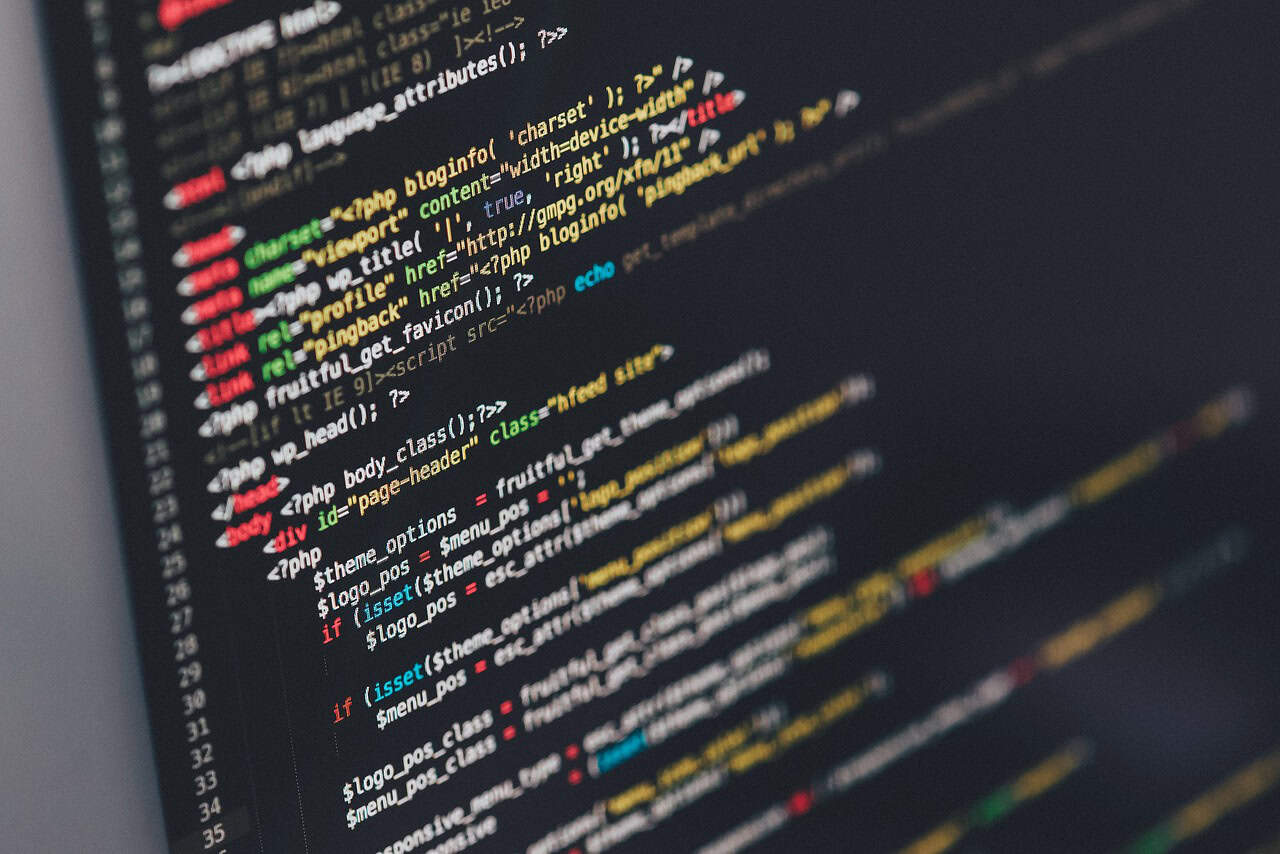Master Python Web Development: A Comprehensive Guide
Python web development is gaining significant traction among developers and businesses due to its versatility, simplicity, and rich ecosystem of libraries and frameworks. In this guide, we’ll explore the benefits of using Python for web development, popular frameworks, and steps to get started on your journey.
What is Python Web Development?
Python web development refers to the creation of web applications and websites utilizing the Python programming language. Known for its clear syntax, Python allows developers to build dynamic and interactive web environments with ease.
Why Use Python for Web Development?
Advantages of Python Web Development:
- Maturity and Security: With its stable ecosystem, Python is trusted by industries, particularly in finance and technology.
- Versatility: Python is adaptable, capable of handling various project types beyond just web development.
- Large Community: A substantial community of developers contributes resources, libraries, and frameworks.
- Ease of Learning: Python’s simple syntax makes it ideal for beginners and experienced developers alike.
Choosing the Right Framework
Popular Python Web Frameworks:
- Django: A high-level framework that provides an array of built-in features including ORM and an admin panel.
- Flask: A micro-framework great for developing lightweight web applications quickly.
- Other Notable Frameworks: Include Pyramid, Bottle, and CherryPy, each catering to specific development needs.
Steps to Get Started with Python Web Development
- Install Python: Download the latest version from the official site.
- Select a Framework: Choose between Django, Flask, or another framework based on your needs.
- Set Up Your Development Environment: Create a folder for your project and use `virtualenv` to manage dependencies.
- Install Framework and Dependencies: Use `pip install
` for installation. - Initialize Your Project: Follow framework documentation for project structure.
- Configure Settings: Edit the configuration file to match your project needs.
- Define Models: Use ORM for database integration.
- Create Views and Templates: Connect your views with templates for a dynamic web experience.
- Set Up URL Routes: Configure routing to map URLs to views.
- Test and Deploy: Conduct thorough testing and consider deploying on cloud platforms.
Additional Tips and Resources
- Testing and Deployment: Understand how to containerize your application for easier deployment.
- APIs and Authentication: Explore design aspects and integration of social authentication.
- Performance Optimization: Learn about caching strategies for optimal performance.
For more in-depth resources, consider checking out our articles:
- Unlock Your Career Potential: A Beginner’s Guide to Python Web Development
- Master Python Web Development: Your Ultimate Guide to Building Dynamic Applications
- Unlock Your Potential: A Comprehensive Guide to Python Web Development
Conclusion
Python is a powerful choice for web development, boasting a robust ecosystem and extensive community support. By selecting the right framework and following the outlined steps, you can effectively embark on your journey to mastering Python web development.
Key Projects
- Blog Platform: Create a full-featured blog using Django, allowing users to create, edit, and share blog posts. This project will demonstrate CRUD operations and user authentication.
- E-commerce Website: Develop an online store using Flask, including product listings, shopping cart functionalities, and user accounts. This will showcase payment API integration and database management.
- Personal Portfolio Site: Build a personal portfolio website with a Flask backend to showcase projects, skills, and contact information. This project emphasizes static content management and API usage for dynamic functionalities.
Python Code Examples
Blog Platform with Django
from django.db import models
class Post(models.Model):
title = models.CharField(max_length=100)
content = models.TextField()
created_at = models.DateTimeField(auto_now_add=True)
def __str__(self):
return self.title
E-commerce Site with Flask
from flask import Flask, render_template, request
app = Flask(__name__)
@app.route('/')
def home():
return render_template('index.html') # Home page
if __name__ == '__main__':
app.run(debug=True)
Real-World Applications
Python web development is widely used in various industries. For example, many tech startups use Django and Flask for rapid development of MVPs (Minimum Viable Products). In the finance sector, Python’s security features make it a great choice for developing secure web applications that handle sensitive information. Additionally, educational institutions leverage Python for e-learning platforms due to its ease of use and the ability to quickly iterate on features based on user feedback.
Next Steps
Now that you’ve gained insights into Python web development, it’s time to take your skills to the next level. Start by diving deeper into specific frameworks you’ve chosen, such as Django or Flask, and experiment with building your first web application.
Additionally, consider exploring popular Python libraries that can enhance your web projects, such as Requests for HTTP requests or Beautiful Soup for web scraping. Don’t forget to implement best practices for testing and deployment; you can find valuable information in our article on Unlock Your Potential: A Comprehensive Guide to Python Web Development.
Lastly, keep practicing by engaging in community projects or contributing to open-source Python web applications. This is a great way to gain real-world experience and connect with fellow developers interested in Python web development.

1 thought on “Unlock Your Success: A Complete Guide to Python Web Development”
Comments are closed.